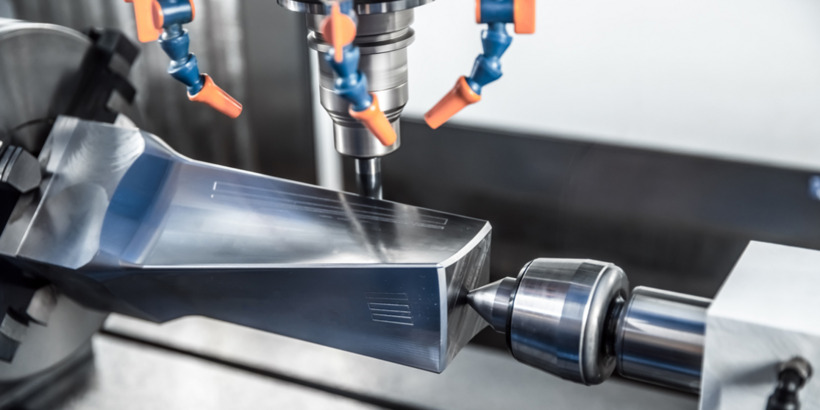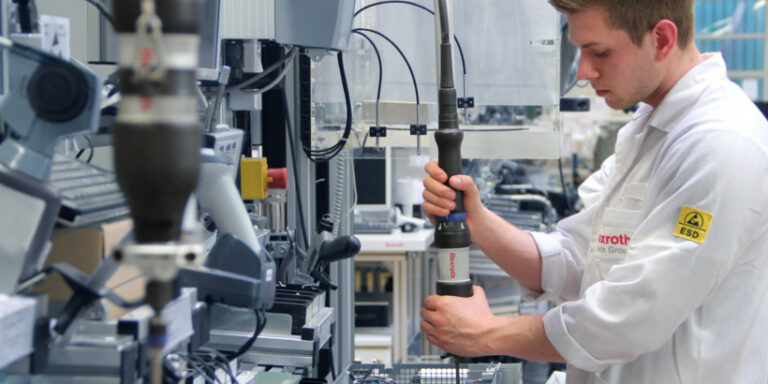Best Practices For Designing And Testing Autonomous Vehicles
If you’re like me, the idea of autonomous vehicles is both thrilling and a bit intimidating. The thought of being able to sit back and relax while a car drives itself is exciting, but what about safety concerns? As with any new technology, there are bound to be challenges and setbacks along the way. That’s why it’s important for designers and testers of autonomous vehicles to follow best practices that prioritize safety above all else.
Designing and testing autonomous vehicles requires careful consideration of many factors, from hardware and software design to user experience and human-machine interaction. This process involves creating a system that can operate safely in a wide variety of real-world scenarios without endangering passengers or other road users.
In this article, we’ll explore some of the key best practices that designers and testers should follow when developing autonomous vehicle systems, as well as some common pitfalls to avoid. Whether you’re an industry professional or simply interested in learning more about this fascinating field, understanding these best practices will help ensure that future generations of autonomous vehicles are safe, reliable, and effective at improving our transportation infrastructure.
Hardware And Software Design
As I embark on this journey of designing and testing autonomous vehicles, the first thing that comes to mind is the importance of hardware and software design.
Embedded systems play a crucial role in ensuring that these vehicles are safe, reliable, and efficient. From sensors to processors, every component needs to be integrated seamlessly into the system for it to function correctly. As designers, we need to consider various factors such as power consumption, heat dissipation, and durability while selecting components.
The software layer also plays an essential role in ensuring smooth communication between different parts of the system. We must develop robust algorithms that can handle real-world scenarios effectively. A small bug or glitch could have severe consequences when dealing with autonomous vehicles.
Ultimately, hardware and software design go hand-in-hand when creating a successful autonomous vehicle system.
User Experience And Human-Machine Interaction
Now that we have discussed the hardware and software design of autonomous vehicles, let’s shift our focus to user experience and human-machine interaction.
As these vehicles become more prevalent on our roads, it is crucial for users to trust them and feel comfortable using them. User trust can be built by creating a positive experience through intuitive interfaces and clear communication with passengers.
Additionally, situational awareness should also be taken into consideration when designing the user interface. This includes providing information about what the vehicle is doing at all times and making sure the passenger understands how to take control if necessary.
By prioritizing user trust and situational awareness in the design process, we can help ensure a safe and enjoyable ride for all passengers.
Artificial Intelligence And Machine Learning
As we dive deeper into the world of autonomous vehicles, it’s impossible not to mention Artificial Intelligence and Machine Learning. It’s like having a skilled driver who learns from their experiences and gets better with every ride.
Just as our brains are wired to learn from past experiences, AI algorithms can be programmed to do so too. But just like any new technology, there are concerns around AI ethics and ML governance that need to be addressed before these vehicles hit the road en masse.
There needs to be a set of guidelines in place for how data is collected, used, and stored by these machines, making sure they don’t fall prey to biases or skew results towards one group over another. The development of such ethical standards will ensure that autonomous vehicles continue to uphold human values while serving humanity.
Real-World Testing
Artificial Intelligence and Machine Learning are crucial aspects of designing autonomous vehicles, but the real test lies in their ability to perform flawlessly on the road.
Road testing is a critical component of ensuring that an autonomous vehicle can navigate through different traffic scenarios with ease while prioritizing safety. It involves putting the vehicle through various challenges like detecting lane markings, identifying pedestrians and obstacles, and making split-second decisions to avoid collisions.
However, relying solely on road testing could be dangerous and impractical as it’s impossible to simulate all possible traffic situations in a controlled environment. This is where traffic simulation comes into play.
By using advanced software programs that mimic real-world traffic conditions, engineers can safely evaluate how an autonomous vehicle performs under different circumstances without putting anyone at risk.
Combining both road testing and traffic simulation ensures that autonomous vehicles meet the highest standards of safety before they hit public roads.
Safety And Risk Mitigation
When it comes to designing and testing autonomous vehicles, safety should always be the top priority.
Accident prevention and crash avoidance are crucial in ensuring that these vehicles operate smoothly on the road without causing any harm or damage. It’s essential to incorporate advanced technology such as sensors, cameras, and lidar systems to detect potential hazards ahead of time and take preventive measures automatically.
Additionally, rigorous testing must be conducted before releasing an autonomous vehicle into the market to ensure that it meets all safety standards.
With proper safety measures in place, we can achieve a future where autonomous vehicles can coexist with traditional cars without fear of accidents or mishaps.
Regulatory Compliance
Now that we’ve covered the importance of safety and security testing for autonomous vehicles, let’s talk about regulatory compliance.
This is a crucial aspect of designing and testing autonomous vehicles because it ensures that they meet certification standards set by government agencies.
While this may seem like an extra hurdle to jump through, it’s important to remember that these regulations are in place to protect both drivers and pedestrians alike.
Liability issues can arise if an autonomous vehicle doesn’t comply with these regulations or fails to operate safely, so it’s essential to take them seriously.
By working closely with regulatory bodies and keeping abreast of any changes in legislation, you can ensure your autonomous vehicles meet all necessary requirements while minimizing potential risks.
Remember: safety should always be your top priority when designing and testing autonomous vehicles.
Cybersecurity And Data Protection
When it comes to designing and testing autonomous vehicles, one crucial aspect that cannot be overlooked is cybersecurity and data protection. With the increasing amount of data generated by these vehicles, ensuring its security has become a pressing concern.
This includes protecting not only the vehicle’s internal systems but also any external communication channels used for updates or remote control. To address this issue, manufacturers must implement robust data security measures such as encryption protocols and firewalls while adhering to strict privacy policies.
These policies should outline how customer information is collected, stored, and shared while providing transparency on who has access to it. By prioritizing data security and privacy policies in the design process, we can ensure that autonomous vehicles are safe for both passengers and society as a whole.
Conclusion
In conclusion, designing and testing autonomous vehicles is a complex process that requires careful consideration of various factors.
From hardware and software design to user experience and human-machine interaction, there are numerous elements that must be taken into account in order to ensure the safety and efficiency of these vehicles.
One key aspect is artificial intelligence and machine learning, which can help improve the performance of autonomous vehicles over time. However, real-world testing is also critical to identify potential issues and refine the technology as necessary.
Another important factor is safety and risk mitigation, given the high stakes involved with self-driving cars. Regulatory compliance and cybersecurity measures are also essential for protecting both users and data from harm or theft.
At the end of the day, it’s clear that creating effective autonomous vehicles requires a multifaceted approach that considers all possible angles.
As they say, ‘an ounce of prevention is worth a pound of cure.’ By taking appropriate precautions throughout the development process, we can create safe and reliable self-driving cars that benefit society as a whole.






